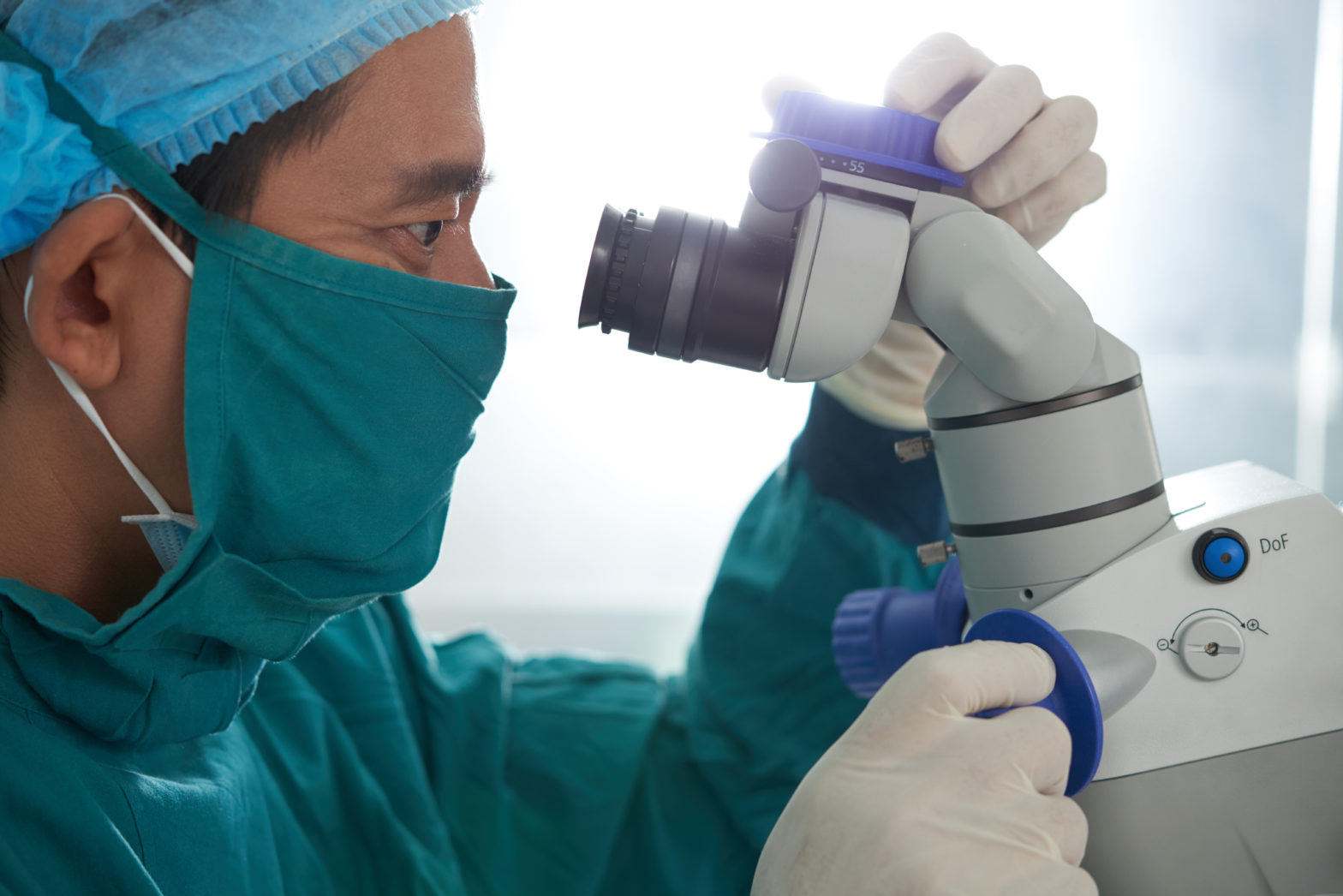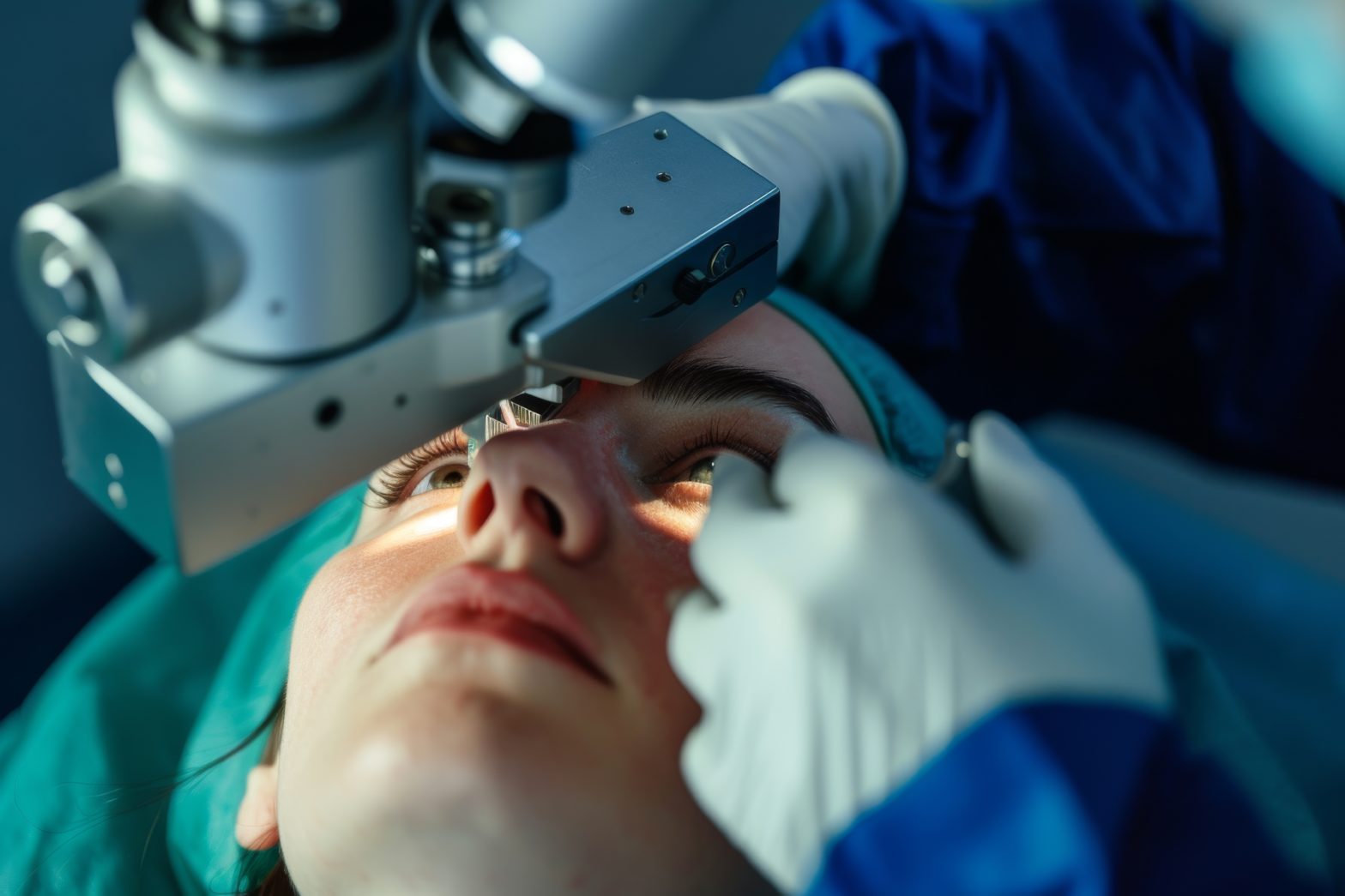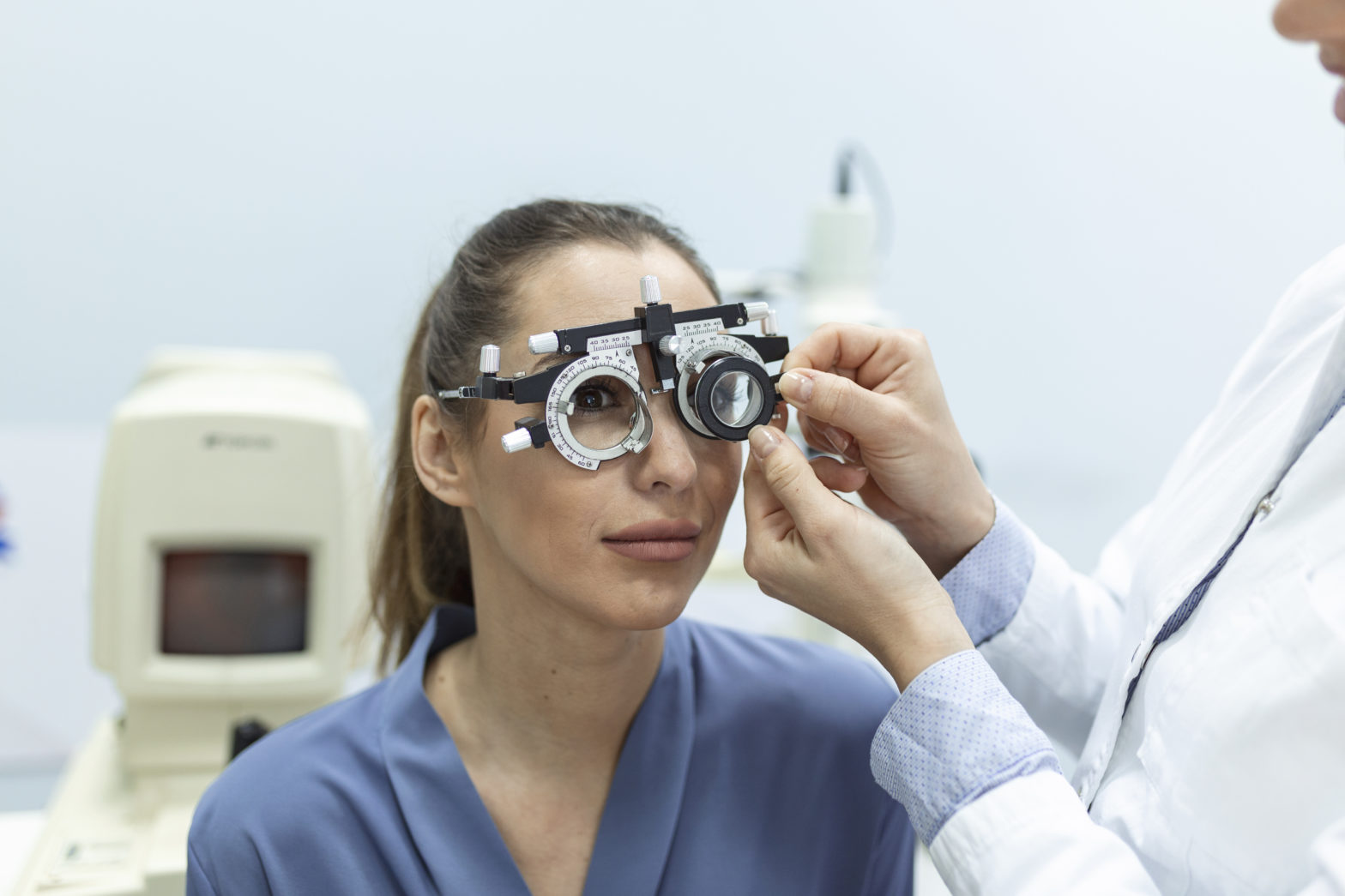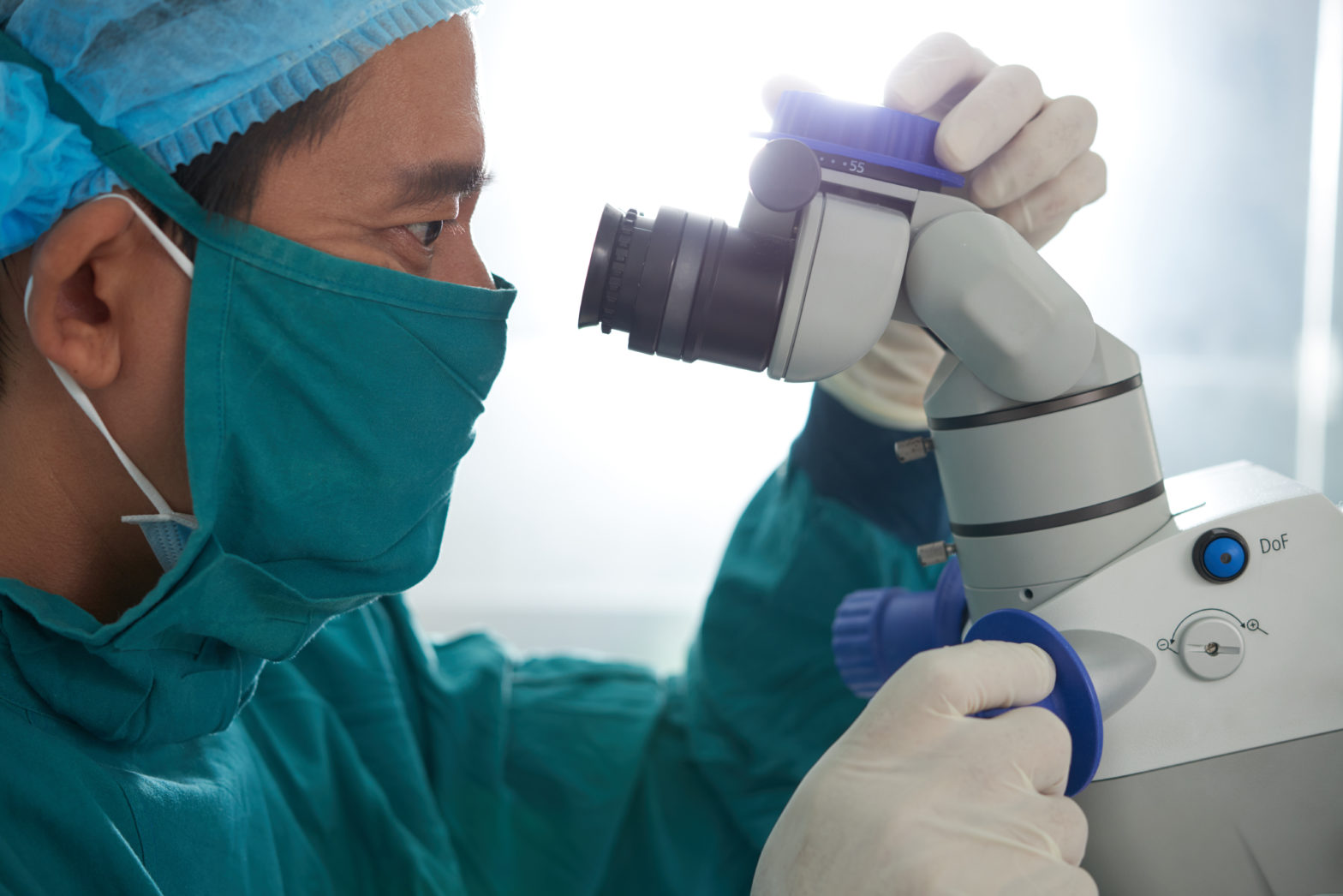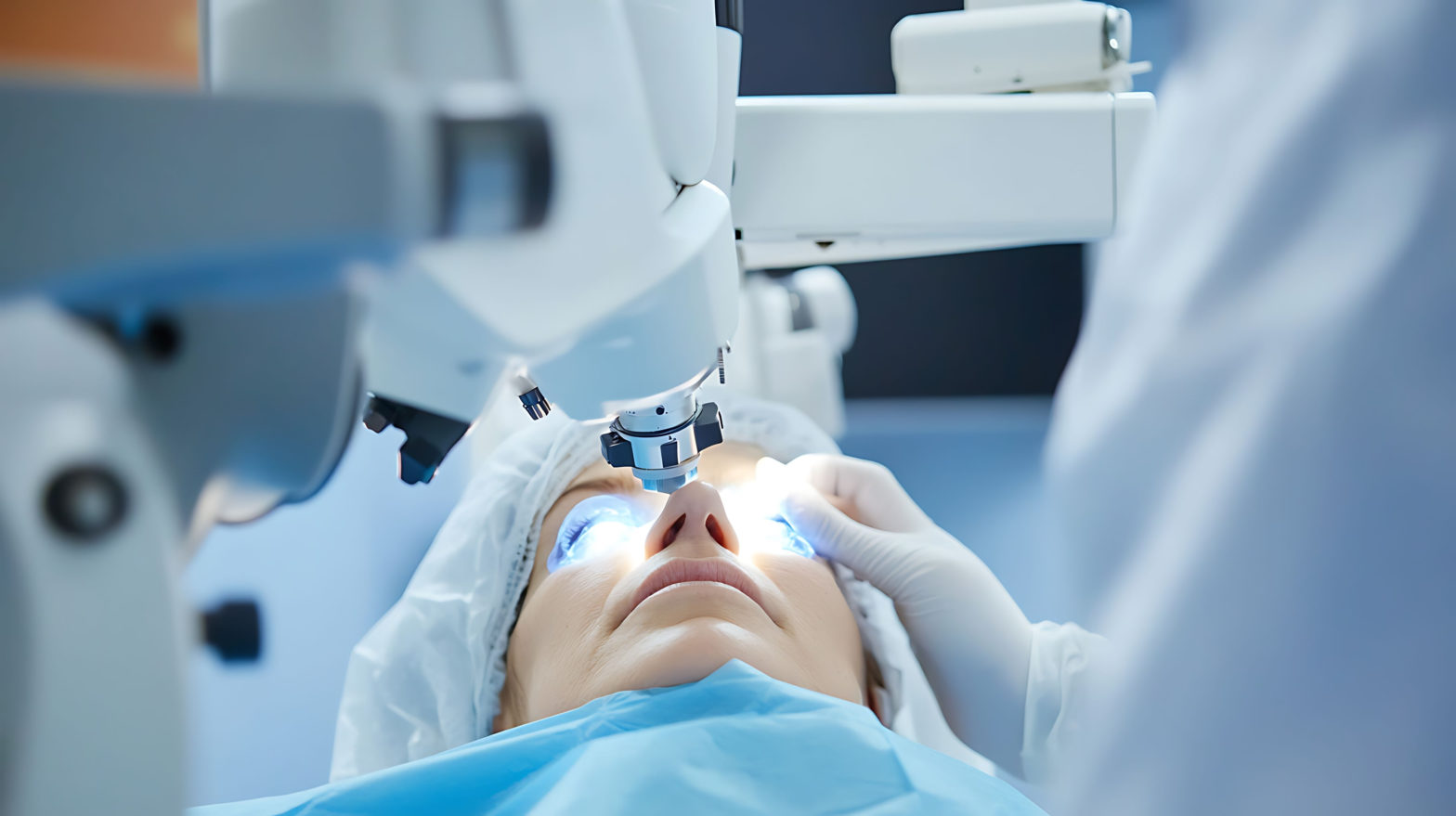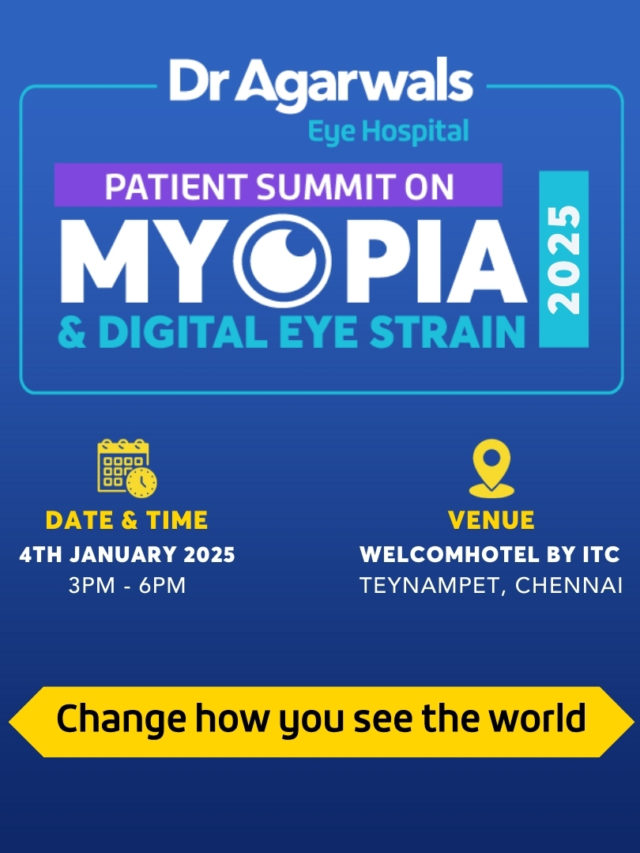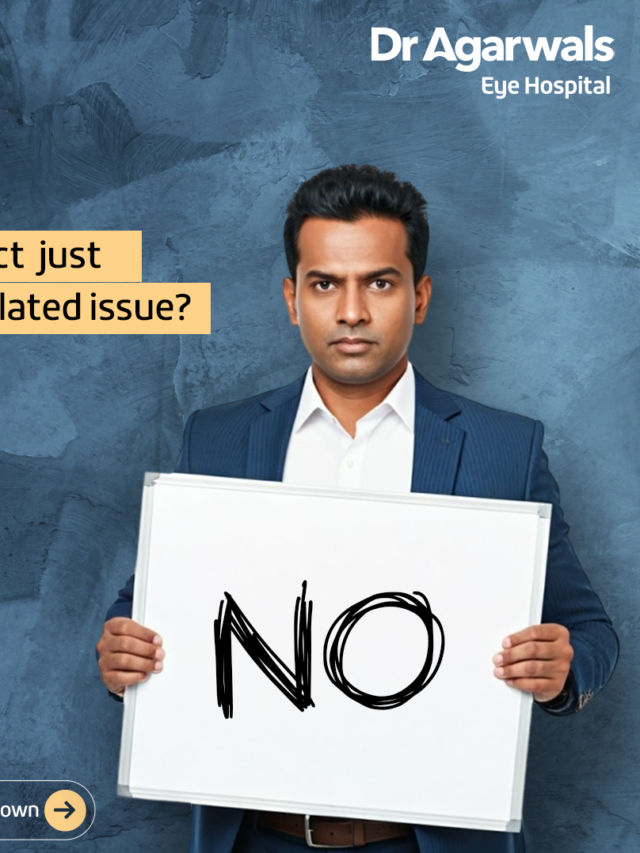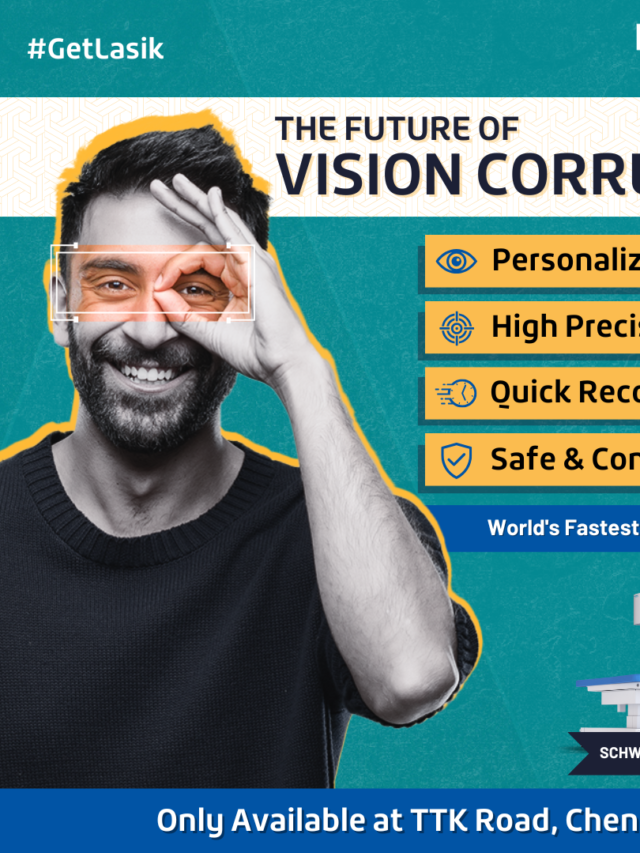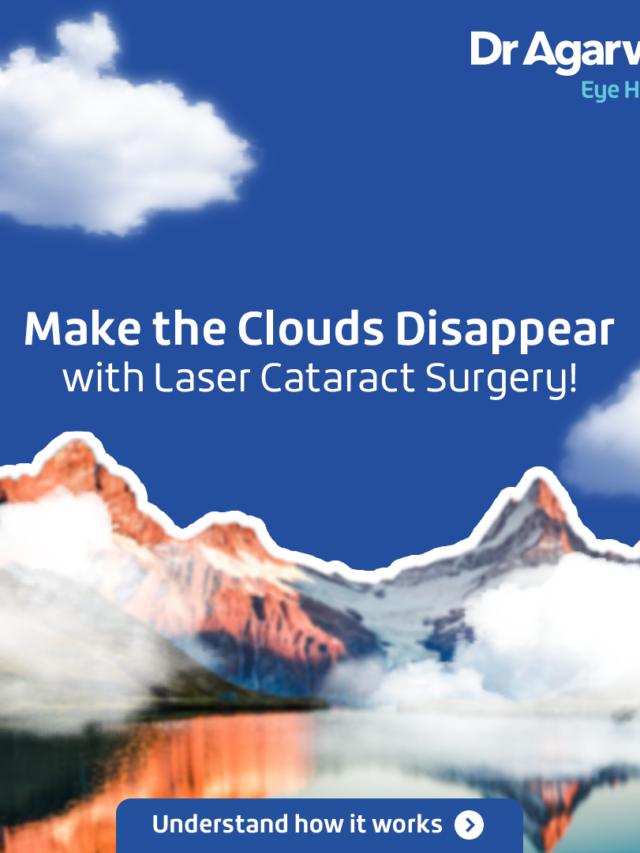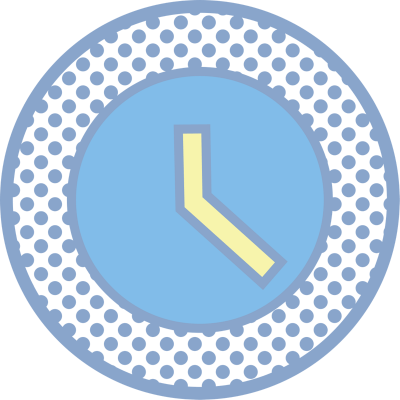சில பார்வை தொடர்பான பிரச்சனைகளுக்காக உங்கள் கண் மருத்துவரை நீங்கள் பல முறை சந்திக்கிறீர்கள், சில விழித்திரை பிரச்சனை கண்டறியப்பட்டது, உங்கள் கண்களில் சில பரிசோதனைகள் செய்யப்படுகின்றன, பின்னர் உங்கள் விழித்திரை பிரச்சனையை கட்டுப்படுத்த/சிகிச்சையளிக்க ரெடினா லேசர் செய்து கொள்ளுமாறு அறிவுறுத்தப்படுகிறீர்கள்! நீரிழிவு ரெட்டினோபதி, விழித்திரை துளைகள் போன்ற சில அல்லது பிற விழித்திரை நோய் உள்ள பலருக்கு இன்று இது ஒரு பொதுவான காட்சியாகும்.
ரெடினா லேசர் என்பது கண் மருத்துவமனையில் செய்யப்படும் பொதுவான OPD செயல்முறைகளில் ஒன்றாகும். ரெடினா லேசர் என்ன, எப்படி இருக்கிறது என்பது தொடர்பான பல கேள்விகள் என்னிடம் அடிக்கடி கேட்கப்படும். எனக்கு மிகவும் சிறப்பு வாய்ந்த நபர் திரு. சிங் நினைவுக்கு வருகிறார். அவர் ஒரு விஞ்ஞானி மற்றும் எல்லாவற்றையும் மிகவும் பகுப்பாய்வு செய்யும் மனம் கொண்டவர். அவருக்கு டயபடிக் ரெட்டினோபதி நோய் இருப்பது கண்டறியப்பட்டது. அவரது விழித்திரைக்கான சரியான சிகிச்சையைத் தீர்மானிக்க அவரது கண்களில் பல சோதனைகள் செய்தோம். OCT, ரெட்டினல் ஆஞ்சியோகிராபி உள்ளிட்டவை செய்யப்பட்டன. அனைத்து அறிக்கைகளையும் பார்த்த பிறகு, அவரது நீரிழிவு ரெட்டினோபதியின் வளர்ச்சியைக் கட்டுப்படுத்தவும் நிறுத்தவும் PRP எனப்படும் விழித்திரை லேசரைத் திட்டமிட்டேன். விழித்திரைக்கான லேசர் சிகிச்சையைத் திட்டமிடுவது தொடர்பான கேள்விகளை அவர் என்னிடம் கேட்டார்:
- லேசர் சிகிச்சை தேவைப்படும் விழித்திரை தொடர்பான வேறு சில நிலைகள் யாவை?
- எப்படி இருக்கிறது Retina laser procedure done?
- ரெடினா லேசர் எவ்வளவு பாதுகாப்பானது?
- ரெடினா லேசருக்குப் பிறகு நான் எடுக்க வேண்டிய முன்னெச்சரிக்கைகள் என்ன?
- விழித்திரை லேசர் எப்படி வேலை செய்கிறது?
இந்த வலைப்பதிவில், திரு. சிங் போன்றவர்களின் சந்தேகங்களைத் தீர்க்கும் நோக்கத்துடன், விழித்திரை லேசர்கள் பற்றிய பொதுவான சந்தேகங்களை சுருக்கமாகத் தெளிவுபடுத்தப் போகிறேன்.
லேசர் என்பது குறிப்பிட்ட அலைநீளத்தின் ஒளியைத் தவிர வேறில்லை. விழித்திரை நோய்களுக்கான சிகிச்சையில் இரண்டு முக்கிய வகை லேசர்கள் அவற்றின் நிறமாலை அலைநீளத்தின்படி பயன்படுத்தப்படுகின்றன, அதாவது பச்சை மற்றும் மஞ்சள். இரண்டில் பொதுவாகப் பயன்படுத்தப்படும் லேசர் என்று அழைக்கப்படுகிறது ஆர்கான் கிரீன் லேசர். இந்த லேசர் 532nm அதிர்வெண் கொண்டது. டையோடு லேசர், மல்டிகலர் லேசர்கள், கிர்ப்டான் லேசர், யெல்லோ மைக்ரோ பல்ஸ் லேசர்கள் போன்ற விழித்திரை நோய்களுக்கான சிகிச்சையில் மேலே உள்ள இரண்டு லேசர்களைத் தவிர வேறு பல லேசர்கள் உள்ளன.
What Are the Different Retinal Diseases for Which Retina Lasers Are Used?
-
நீரிழிவு ரெட்டினோபதி:
- Retinal lasers are used to seal or destroy abnormal blood vessels in the retina.
- It helps in preventing further leakage and preserving vision.
-
Retinal Tears or Detachments:
- The laser seals tears in the retina to prevent detachment.
- Creates a scar around the tear to secure it in place.
-
மாகுலர் எடிமா:
- Used to reduce swelling in the macula, improving vision.
-
வயது தொடர்பான மாகுலர் சிதைவு (AMD):
- Applied to eliminate abnormal blood vessels and reduce vision loss.
-
மத்திய சீரியஸ் ரெட்டினோபதி:
- Helps in sealing leaks under the retina caused by fluid buildup.
What is Green Laser Treatment for Eyes?
-
Explanation:
- The green laser, also known as argon laser treatment, is commonly used for various retinal conditions.
- This laser emits green light that is absorbed by the retina to create thermal burns or seals without damaging other parts of the eye.
-
Uses:
- Treats diabetic retinopathy by sealing leaking blood vessels.
- Repairs retinal tears to prevent detachment.
- Reduces abnormal blood vessel growth in conditions like AMD.
-
நன்மைகள்:
- Minimally invasive with no surgical cuts.
- Effective in reducing further damage and preserving vision.
-
Process:
- A numbing drop is used before the procedure.
- A focused green laser beam is directed to the retina.
- The treatment usually takes 20-30 minutes with minimal discomfort.
How Retina Laser Works?
-
Explanation:
- Retinal lasers use precise light beams to target the retina.
- The laser creates tiny burns or scars to treat retinal conditions.
- It helps seal leaking blood vessels or secure retinal tears.
-
செயல்முறை:
- Performed as an outpatient treatment.
- The eye is numbed, and the laser is applied with precision.
- Quick recovery time with no need for hospitalization.
-
Outcome:
- Prevents further damage to the retina and stabilizes vision.
ரெடினா லேசர் எவ்வாறு செய்யப்படுகிறது?
இது ஒரு வெளிநோயாளர் செயல்முறை மற்றும் மருத்துவமனையில் அனுமதி தேவையில்லை. இது கண் சொட்டுகளை உட்செலுத்துவதன் மூலம் மேற்பூச்சு மயக்க மருந்துகளின் கீழ் செய்யப்படுகிறது. உட்கார்ந்து அல்லது படுத்திருக்கும் நிலையில் செய்யலாம். செயல்முறையின் போது சில நோயாளிகள் லேசான குத்துதல் உணர்வை அனுபவிக்கலாம். லேசர் செய்யப்பட்ட பகுதியைப் பொறுத்து இது பொதுவாக 5-20 நிமிடங்கள் எடுக்கும்.
What Are the Do’s and Don’ts After the Retinal Laser Procedure?
Do’s After Retinal Laser Procedure
- Use prescribed eye drops as directed to manage inflammation and prevent infection.
- Rest your eyes and avoid strenuous activities for the first 24–48 hours.
- Attend all follow-up appointments to monitor healing and results.
- Wear sunglasses when outdoors to protect your eyes from bright light.
- Inform your doctor immediately if you experience sudden vision changes or discomfort.
Don’ts After Retinal Laser Procedure
- Avoid rubbing or touching your eyes, as this can lead to irritation or infection.
- Refrain from heavy lifting or intense physical activities for at least a week.
- Do not use eye makeup or contact lenses until cleared by your doctor.
- Avoid driving immediately after the procedure if your vision is blurry.
- Steer clear of exposure to dust or smoke to prevent eye irritation.
How Long Does It Take for a Retina to Heal After Laser Treatment?
- Healing time can vary from a few days to several weeks depending on the severity of the condition.
-
Immediate Effects:
- Vision may be blurry for a few hours or days after the procedure.
-
Gradual Improvement:
- Most patients notice stabilization or improvement in vision within 2–4 weeks.
-
Factors Influencing Healing:
- Overall eye health, adherence to post-operative care, and the extent of retinal damage.
-
Key Tips:
- Follow your doctor’s instructions closely and avoid activities that strain the eyes.
What Are the Side Effects of Retinal Eye Surgery?
-
Common Side Effects:
- Temporary blurry vision.
- Mild discomfort or irritation in the treated eye.
- Sensitivity to light for a few days.
-
Rare but Serious Side Effects:
- Swelling or inflammation in the eye.
- Vision changes or reduced peripheral vision.
- Risk of retinal detachment if the procedure is not successful.
-
மேலாண்மை:
- Use prescribed medications and report any unusual symptoms to your doctor.
Who Should Avoid Retinal Laser Surgery?
-
Patients with Certain Conditions:
- Those with advanced retinal detachment that cannot be treated with lasers.
- Individuals with severe cataracts, as the laser may not effectively penetrate.
-
Unstable Eye Health:
- Patients with infections or inflammation in the eye.
-
Pregnant Women:
- Caution is advised due to potential risks, and alternative treatments may be recommended.
